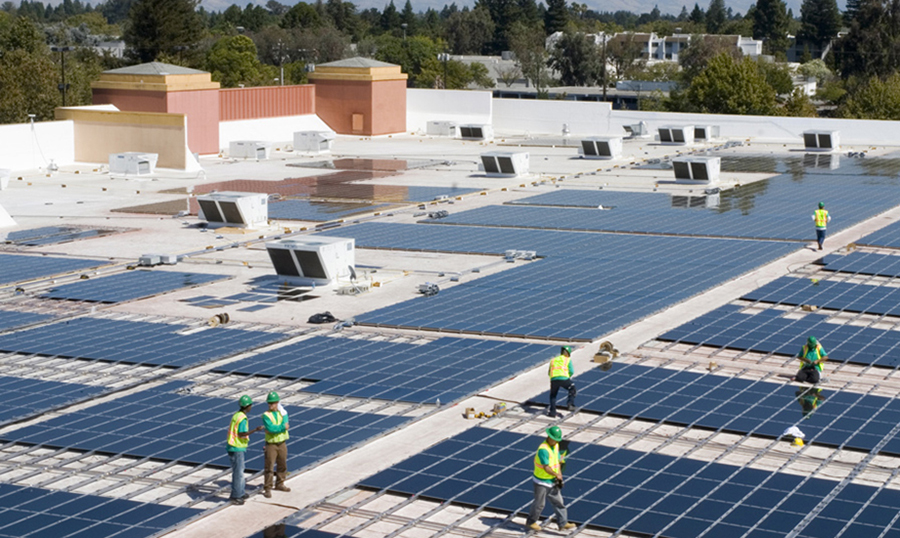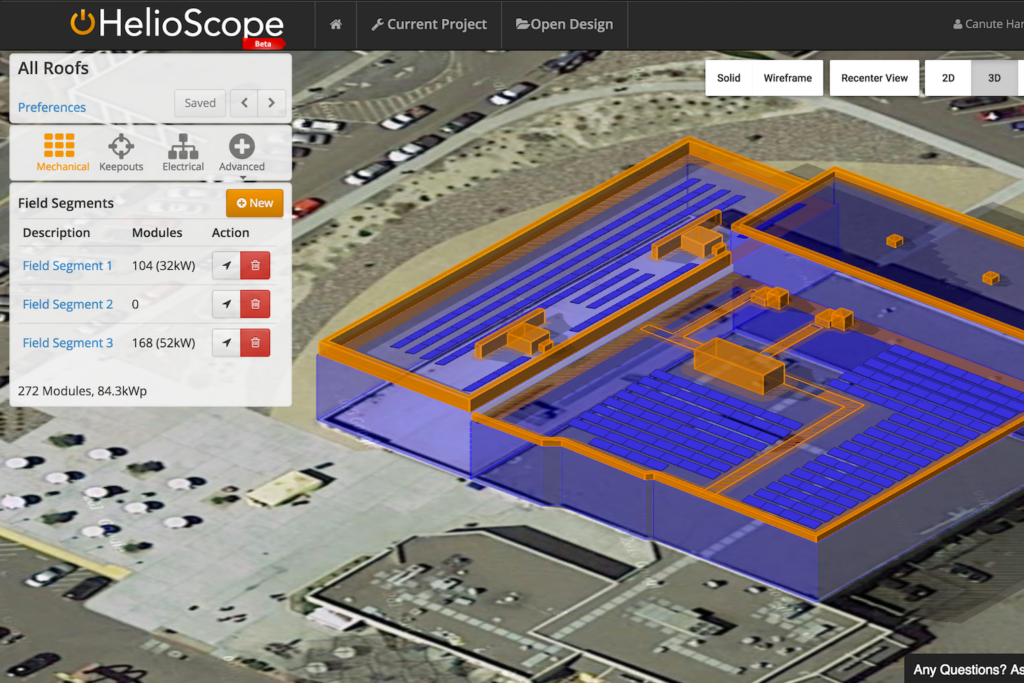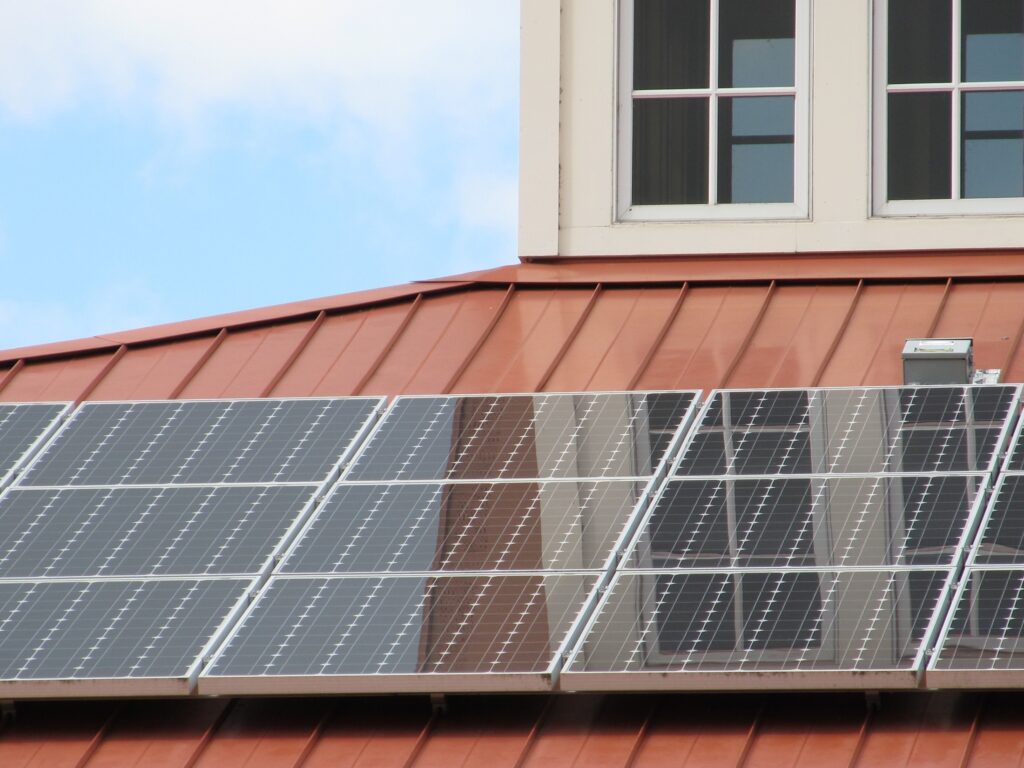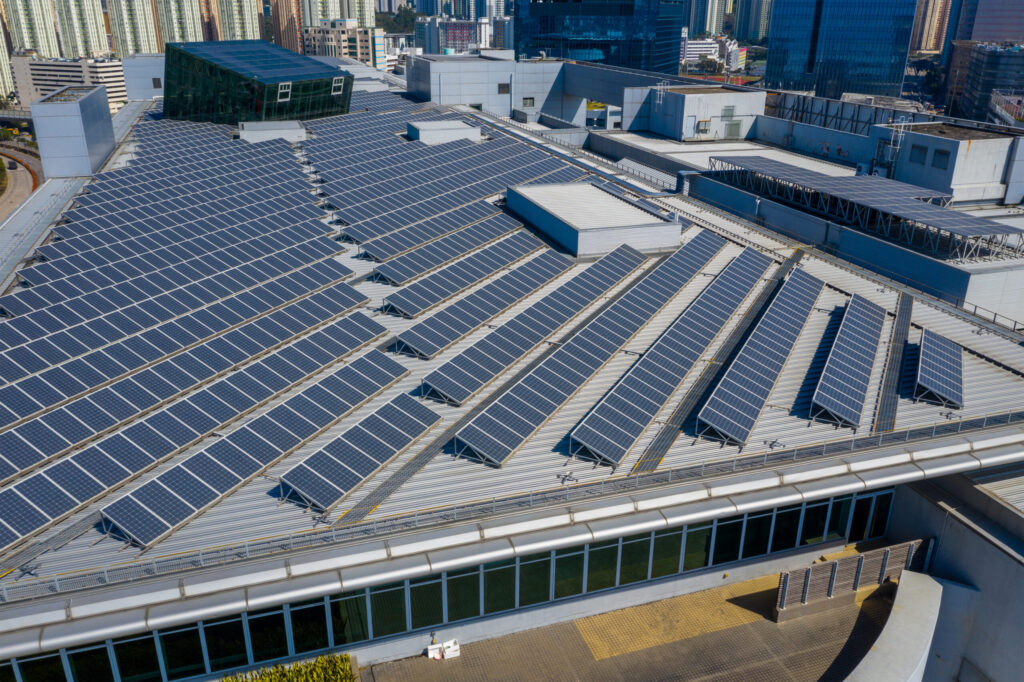Future-Proofing Solar PV Savings with Energy Storage

Energy storage has been called a “swiss army knife” because it’s highly versatile, adaptable and can provide many different types of benefits to the grid. This flexibility can be financially rewarding. For example, when storage is deployed in behind-the-meter (BTM) applications, it can be programmed to target different value streams, like ‘peak-demand shaving’, ‘time-of-use arbitrage’, or ‘self-consumption’. These ‘value streams’ are effectively different ways for an energy storage system (ESS) to make money by reducing a customer’s utility bill.
Solar Power International 2017 – Preview Blog

Our team is getting excited for the upcoming Solar Power International (SPI) conference out in Vegas, which is one of our favorite weeks of the year. This will be our 4th year in a row exhibiting at SPI, which is always a jammed packed week for our team. We love the opportunity to connect in person with our current users and meet new companies and contacts from all over the world. We’ve come a long way since our first SPI back in 2014. At that time, our company had 3 employees and about 50 companies using our software. Fast forward to today and we have 15 employees and over 1,300 active users from leading distributed energy organizations across the country using our application.
Demand Charge Savings from Solar PV – The Definitive Guide

Two of our country’s top national energy laboratories published an awesome study last month entitled ‘Exploring Demand Charge Savings from Commercial Solar’. This is the second report in a three-part series, which looks at how solar PV reduces demand charges, published collaboratively by Lawrence Berkeley National Laboratory (LBNL) and the National Renewable Energy Laboratory (NREL). Here are the links to the report:
How Much Can a Residential Energy Storage Project Actually Save?

It may be surprising to know that a significant portion of California homeowners buying energy storage systems today are not doing so to save money. In other words, they are not trying to reduce their utility bill or get a return on investment, like they do from a rooftop solar system. Instead, most storage systems today are being bought and sold based on the promise of back-up power or energy independence from the utility. The primary reason for this is that the avoided cost opportunity for residential storage today is not very substantial. On most residential utility rate schedules, energy storage does not have the ability to significantly reduce the utility bill. Therefore, it’s not the core value proposition being sold today.
Energy Toolbase Integrates with Industry-Leading Solar System Design Platform HelioScope

Energy Toolbase announces today that they have gone live on their integration with HelioScope by Folsom Labs, the industry-leading solar photovoltaic (PV) system design tool that integrates system layout and performance modeling to simplify the process of engineering and selling solar projects. This integration allows users to fully leverage both best-in-class software tools in conjunction with one another, for their solar project development activities.
TOU Rates & the Effect They Have on The Value of Solar

There’s a lot of misinformation floating around on how time-of-use (TOU) rates affect the value of solar. Some solar salespeople insist that TOU rates are great for solar, and that potential customers should always be opting onto them. While others have concluded that TOU rates are bad for the solar value proposition and should be avoided. So who’s right?
We’re Live on Our PACE Financing Integration with K2 Clean Energy Capital

After a 3-month soft launch, we’re going live on our financing integration with K2 Clean Energy Capital, a leading provider of Property Assessed Clean Energy (PACE) project financing for non-residential solar projects. This integration enables Energy Toolbase users to receive real-time, indicative PACE financing quotes and calculated financing payments for their projects. Users can instantly […]
Accurately Calculating the Avoided Cost of a Solar Project?

Calculating “avoided cost”, which is how much a project saves in dollar terms, is a critical part of the solar project development process. In this video tutorial we look deeply at how avoided cost gets calculated, explaining the difference between how much a customer pays ($/kWh average blended cost) and how much a customer saves ($/kWh average blended savings).
Rate Design is a Hot Topic (And Not Just for Policy Wonks)

Utility rate design is a hot topic. Energy industry trade publications have published a countless number of articles, Op-Ed’s and whitepapers on the issue this year. And it’s pretty much a given that any energy conference these days will have a panel on the topic. Whatever the forum, the subject of rate design always seems to stir up debate.
How to Model a NEM 2.0 Project

We’ve been getting a lot of questions on how to model Net Metering version 2 (NEM 2.0) projects, so we figured it was time for blog. A lot of the recent inquiries are coming from our California users, where the Net Metering caps are expected to hit capacity soon. As of March, the PG&E and SDG&E service territories are over 80% of the way towards reaching their cap. While California has been getting most of the attention recently, the mechanics of modeling NEM 2.0 scenarios are fundamentally the same regardless of the state or utility territory.